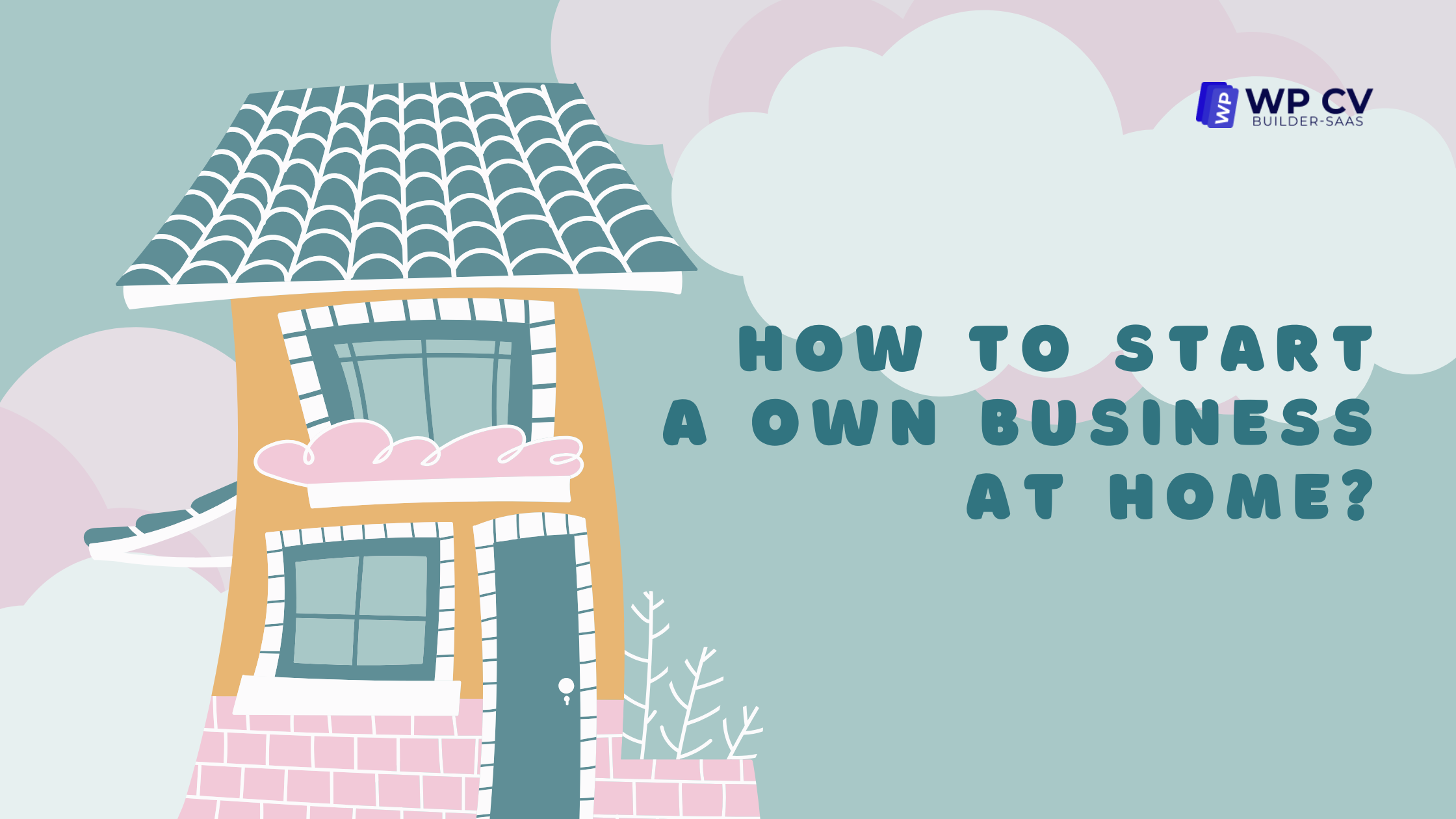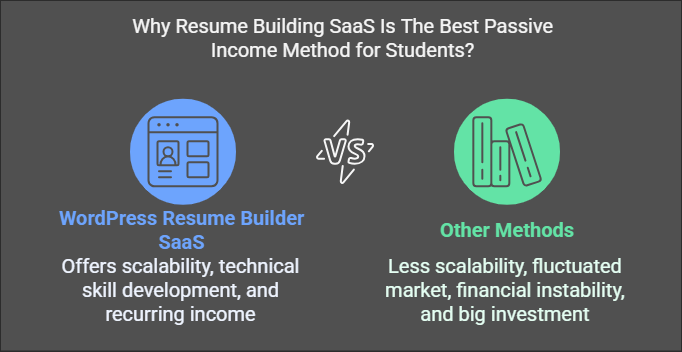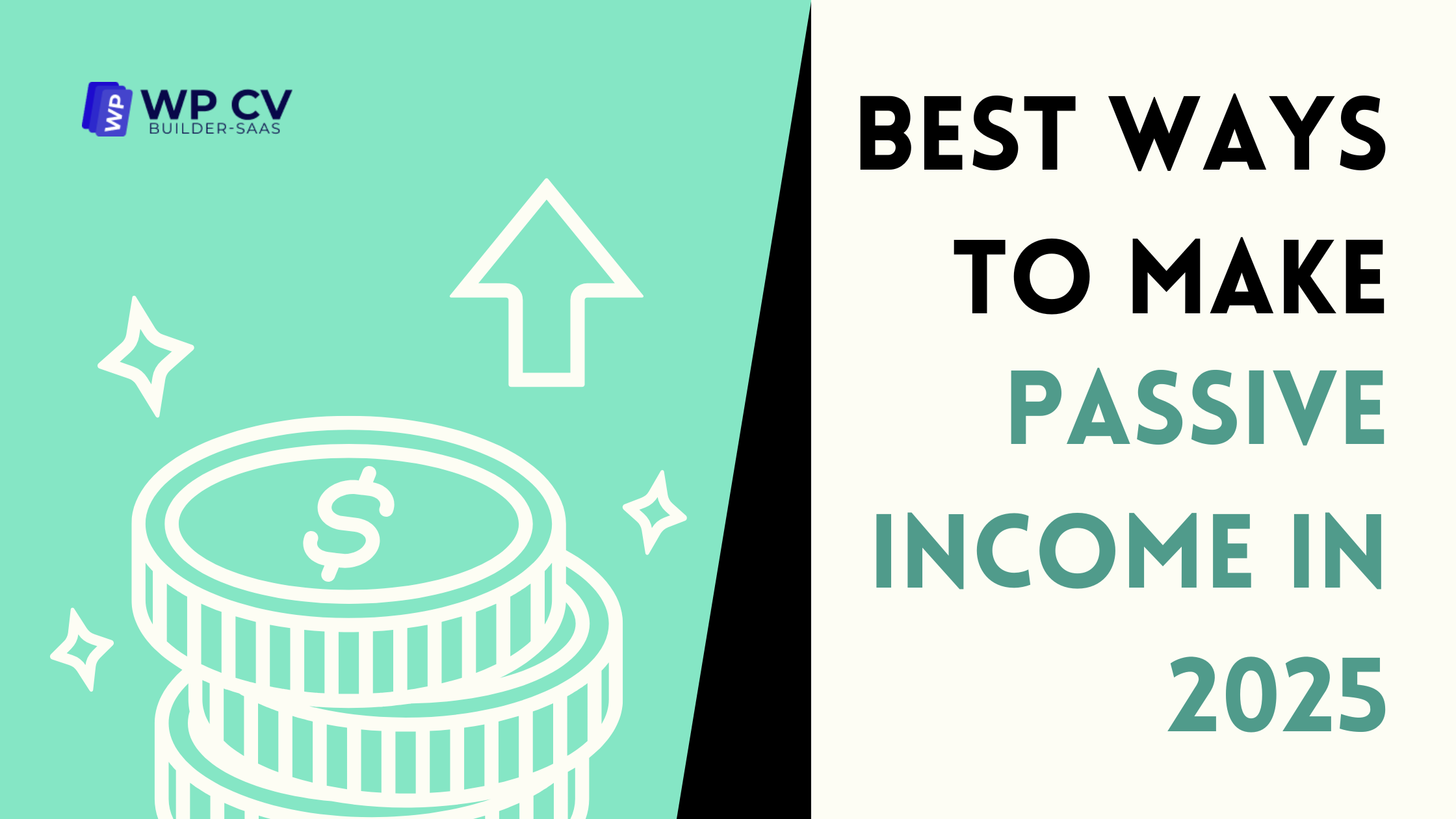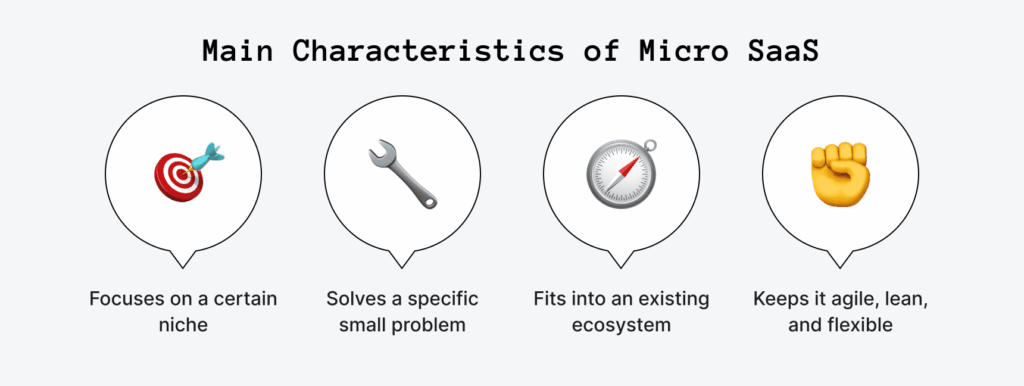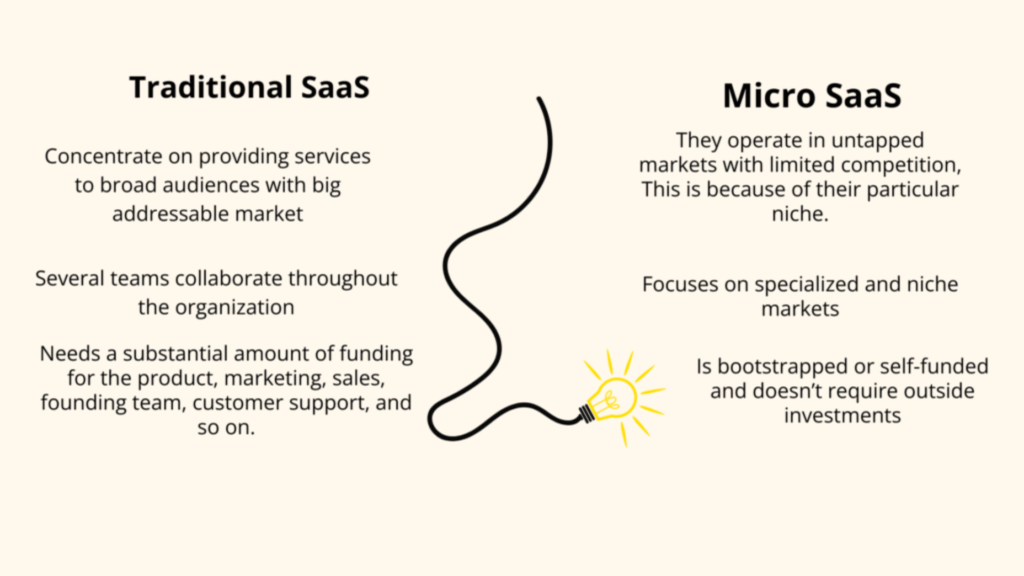Some people with experience in human resources, recruiting, writing, and hiring manager may find it smart to start their own resume writing business. Resume writers who are professionals can pick their own jobs, set their own hours, and choose whether to work from home or an office.
If you know how to start a resume writing business, you will be better prepared to do well in the future. We talk about what a resume writing business is, the problems that some skilled resume writers have, and the steps you can take to start your own resume writing business.
Table of Contents
Pros and Cons of Starting a Resume Writing Business
Starting a resume writing business is good idea to start your own business. But, like the other businesses, you have to measure the pros and cons of online resume services.
| Pros | Cons |
| Global client base | High competition with freelancers, professional services |
| Low initial costs | Some employees need variety of works |
| Long-lasting business | |
| Own working hours | |
| No need of higher certification, if have it adds extra points |
Best Way To Start a Resume Writing Business – SaaS Method
SaaS method give you the best options to automate your business without placing any physical office, employing writers, marketing teams, etc. You also don’t need to have a professional certification to show people. You just get the a SaaS application like WP CV Builder SaaS plugin and follow some steps to start your resume writing business.
Step 1: Installing the Plugin
Begin by downloading the plugin from the official website. Upload it to your WordPress dashboard under the “Plugins” section, activate it, and you’re ready to roll.
Step 2: Exploring the Dashboard
Once installed, the plugin opens up a world of possibilities. The dashboard is your command center – manage resume templates, customize designs, and set up pricing models.
Step 3: Setting Up Payment Gateways
Integrating payment systems like PayPal or Stripe is a breeze. Within minutes, you’ll be ready to accept payments securely.
Step 4: Testing the Setup
Before launching, test everything – create a dummy resume, simulate payments, and ensure smooth functionality. It’s like a dress rehearsal for the big show!
How To Start a Resume Writing Business?- Traditional Method
It is important to know how to make your new resume writing business successful if you want to start one. To begin your resume writing business, follow these steps.
Choose What Types of Service You Will Provide
You can establish a resume writing business using numerous business concepts. You can choose:
- Freelance resume writer model. Most resume writing business owners start as freelancers. The freelance (sole proprietorship) model gives you full control over your firm. You can search for resume writing jobs yourself, use a third-party firm, or do both. Most new resume writing businesses choose freelancing as a low-risk strategy to assess their viability.
- Operating with a resume writer business license. An LLC or corporation may be better for your resume writing business. These and other business licenses are crucial if you wish to start a firm with a partner, recruit staff, divide your personal and corporate assets, and more.
- Be a franchise of a popular resume writing business. Many resume writing companies are franchisees. Since franchises have proven success, buying one is safer than establishing your own firm. Less business risk means less control over operations.
Determine Service Pricing and Startup Expenses
Make an initial cost study for your new resume writing business. Figuring out how much to charge for your services is easier if you know how much it cost to start up and how much it will cost in the near future. The costs for each item will rely on your business model and license, but here are some things you might want to include in your budget:
- Internet services per month
- If you don’t have a computer, word processor, desk, and office supplies, get them.
- An office space if you also hire some additional resume writer in person.
- Certification in ATS resume writing and other tools for career growth
- Website development and hosting services
Manage The Logistics
You might need to get a business license if you want to start a resume writing business. This will depend on where you live and the type of business you want to run. For some business licenses, you need to open a different business bank account and file taxes for the business.
Protecting your intellectual property is important if you start your own resume writing business. In the event that another company tries to copy your image, this can help protect you.
If you want to run your business from somewhere other than your home, look into available office spaces and get the permits your type of business needs for that site.
Build a Portfolio
Most clients want to hire professional resume writing service who have relevant experience for other clients. You can put resume example you’ve written for other people as work experience in your paper or digital portfolio as long as they give you permission to do so.
If you haven’t relevant experience for real people before, you can make resume template so that potential clients can see how good you are at writing. You could also give friends and family lower prices if they agree to let you use their resumes in your portfolio. In addition, you can provide cover letter template to give additional service.
Grow Your Resume Writing Service
Now that you have set up your new resume writing business, it’s time to get potential clients.
Joining a professional organization is one of the most effective methods for a new resume writer to acquire customers. This adds your resume writing business to a list of skilled resume writers and makes more people aware of it. Some other marketing techniques you might want to use for your business depend on its needs. These are some examples:
- Making a website
- Create a proper marketing strategy
- Making a digital portfolio
- Putting ads on social media sites
- Starting a blog with resume tips and other similar topics
- Flyers and other forms of print ads
- Connecting to local networks such career coaching or job fairs
Put Effort On Professional Advancement
For all resume writing businesses, even well-known ones, professional growth is an important part of doing business. Professional resume writers have to keep learning and staying up to date because the job market, industry standards, and related areas are always changing.
A good first step for people who are new to writing resumes is to get certified from a respectable group like the Professional Association of Resume Writers & Career Coaches or National Resume Writers Association. Getting certified can help your resume writing business look more trustworthy. You can contact a career coach to build a workshop or a collaboration.
For both new and old resume writing businesses to grow professionally, there are other things they can do as well. Resume writers might want to go to conferences, take classes to keep their skills up-to-date, and network with other resume and job professionals.
Why Should You Start a Resume Writing Services Online?
Hiring manager or people who have experience in writing, hiring, human resources, or related areas may want to start their own professional resume writing business. Advantages of starting a business writing resumes:
- Customers from all over the world can hire you from home.
- The costs to get started are low.
- Businesses in this category may not be as affected by recessions because there are always a lot of people looking for work.
- You decide when to work.
- You don’t need a special degree or training to get certified, but it might help you get more clients.
Myths About Starting A Resume Writing Business
Here are the myths about starting a resume writing business:
- Resume writing certification is must to succeed
- Resume writing business is a turn-key
- Anyone can be a resume writer
- You can get a corporate salary as a resume writer
So, we will now debunk these myths.
Myth #1: Investing in a resume writing certification is essential to success.
Debunking this myth:
- Resume writing certifications do not align with the skills needed in the digital age.
- Many resumes written by certified writers fail because they rely on hollow adjectives, keywords, and fail to articulate a candidate’s unique value proposition.
- The key to being a successful resume writer is a mix of recruitment, HR, marketing, copywriting, commercial acumen, and the ability to craft compelling narratives.
- Certifications lock you into a low-cost, high-volume business model (Operational Excellence), which is hard to compete in due to resume mills that produce resumes quickly and cheaply.
- To succeed, you need to excel in either Customer Intimacy or Product Leadership rather than competing on cost.
Myth #2: Starting a resume writing business is a turn-key, 40-hours-per-week venture.
Debunking this myth:
- Starting a business is not turn-key, even if there’s no expensive overhead like office space.
- In the early days, you’ll work far more than 40 hours a week as you figure out what to focus on.
- Entrepreneurship comes with its own set of challenges and stresses, which are often greater than those in corporate life.
- It requires grit, adaptability, and a love for building something from scratch.
- Building a business is a long journey, often taking 10-20 years, with potential failures along the way.
- Success requires curiosity, focus, and the willingness to make sacrifices (e.g., time, social life, hobbies).
Myth #3: Anyone can be a resume writer – even if they’ve never written before.
Debunking this myth:
- Being a professional resume writer is a huge responsibility, as clients trust you with their careers.
- Without a background in HR, recruiting, marketing, or a passion for writing, it’s unethical to take on this role.
- The only exception might be working for a resume mill, but this is not ideal for clients or writers who want to build a sustainable, ethical business.
Myth #4: You can waltz into a corporate salary as a resume writer.
Debunking this myth:
- Making a corporate salary is possible, but only if you excel in writing, sales, marketing, and branding.
- Elite resume writers can charge $1-2K per resume, but this requires exceptional skills and the ability to justify the price to clients.
- Without these skills, you’ll likely end up competing in the low-cost, high-volume market, which doesn’t pay well.
- Achieving a corporate salary is possible at the “predictable success” stage of business growth, but getting there requires immense energy and a long-term commitment (10+ years).
Challenges of Starting a Traditional Professional Resume Building Business?
There is a lot of competition in the resume writing business, so it takes a lot of research to figure out what people want. Because clients see it as a big investment, the sales process takes a long time. This requires a longer conversion funnel and regular contact.
Work can be unpredictable, which can make your pay unstable, and not having any benefits can be a problem when you’re self-employed. Because they work alone, self-employed people often feel alone, and taxes can be high. Because there is no safety net and income is based on commissions, it can be hard during slow times.
The work itself can be stressful because clients have high standards and there are big financial choices to be made. The amount of time it takes can put a strain on personal ties and make starting a new business even more stressful. Sometimes, entrepreneurs have to get out of their comfort zone and deal with people and events they aren’t used to.
Some people may also not like that the work requires them to sit down a lot. Also, owners have to handle every part of the business themselves, which can make the learning curve steep.
Because the business is open to the public, it can also be criticized, so owners need to be tough. Lastly, the work can be hard, and you might need to be available 24 hours a day, seven days a week.
How WP CV Builder SaaS Can Help You To Start an Online Resume Building Services?
As you have already noticed the steps and challenges of starting a resume writing business, you may think this gig is not for you. But wait. WP CV Builder SaaS can solve all of these problems and let you build the best resume writing service with just one-click. How can you overcome the above-mentioned challenges with our SaaS idea?
- No need to rent office
- No need to hire other resume writers. A job seeker can customize their own resumes from our 26+ presets (more are coming).
- No need to take hassle of website hosting and design. You can design your own site using our plugin’s drag-and-drop features.
- No need to get professional license or business license.
- No need to wake up 24/7. You will just make a pay plan for your clients, they will buy it, and build their own CV.
- No need to take any stress.
WP CV Builder SaaS is a powerful WordPress tool that lets you make and control a platform for making good resume. It was made for business owners and people looking for the best way to make money without doing anything.
Business owners can use this tool to let their users make professional CVs using 26+ ready-to-use templates, change the designs, and download the resumes right away. To make money from your site, you can offer free or paid CV creation services that are linked to PayPal so that transactions go smoothly. Help a job seeker to get his dream job in this competitive job market.
How To Grow a Resume Writing Business?
It can be profitable and exciting to start a resume writing business. There is a growing need for resume writing services because more and more people want professional help making their resumes. But if you want your business to reach its full potential, you need a plan for growth. These tips will help you take it to the next level.
Go To Workshops And Events For Networking In Your Field
Making connections with people who work in the same field as you can lead to new possibilities. You can meet possible clients and find out about the newest resume writing trends by going to conferences and other events where people meet professionals. You should take the time to say hello, share what you know, and trade business cards. You can get recommendations and work together with these people, which can help your business grow.
Offer More Career Services
If making resumes is your main service, adding more career services can help you get more work. You could give services like improving your LinkedIn profile, writing cover letters, coaching for interviews, or advice on how to find a job. By offering a wide range of services, you can make yourself known as a one-stop shop for all things career-related.
Use The Power Of Testimonials
testimonials from happy customers can be a great way to sell your business. Contact happy customers and ask them if they would be ready to write a testimonial about how great it was to work with you. Put these testimonials in a visible place on your website and social media pages to help potential clients trust and believe in you. Testimonials can help potential clients see how valuable you are and give them more faith in the services you offer.
Form Smart Partnerships
Look for ways to work together with other professionals and groups whose services match yours. For instance, you could work together with job search platforms, trade fairs, or programs that help people improve their skills. Through affiliation with trustworthy groups, you can reach more people and become known as a respected expert in your area.
Keep Up With Changes In Your Field
There are always new trends and tools coming out in the resume writing business. Spending time on professional growth and keeping up with the latest trends in your field will help you stay ahead of the curve. This can mean doing things like joining professional groups, going to webinars, or talking on online boards. You can give cutting-edge services that set you apart from your competitors if you stay up to date.
Final Thought
We hope you have a perfect idea for starting a resume writing service in a perfect way, not the traditional ways. Traditional business methods have many challenges and problems. If you go for the SaaS business ideas like building a resume writing service using WordPress resume builder plugin, you can get rid of these hassles and make a smooth way creating your next passive income source.
FAQs
How much should I charge for resume writing service?
There is no specific range of charges. You can go for a fixed pay-per-resume charge or let the client pay for a recurring service.
How do I sell my resume writing service?
You can build a community network for organic reach. Also, you can do paid marketing in LinkedIn, Facebook, and Google.
How to get clients for resume writing service?
You can pitch to HR agencies, other small resume building services to sell franchise, or can run paid marketing to get clients.
How long does it take to scale a resume writing business?
Improving a resume writing business requires more than just getting more clients. To do this, you need to build a good image, make processes more efficient, and keep in touch with clients. You can build a solid foundation for progress in the competitive resume writing industry by focusing on giving great service and always getting better.
How can I stand out from competitors?
Provide outstanding value and individual service to stand apart. Keep up with industry changes, expand your skills, and invest in your career. Get to know your clientele and personalize your offerings to their demands. A strong brand identity can also help you stand out in a crowded industry. Create a USP that distinguishes your resume writing services. Use social media and networking to highlight your expertise and meet clients. By continually displaying your competence and devotion to client pleasure, you may make your resume writing service a top choice.


